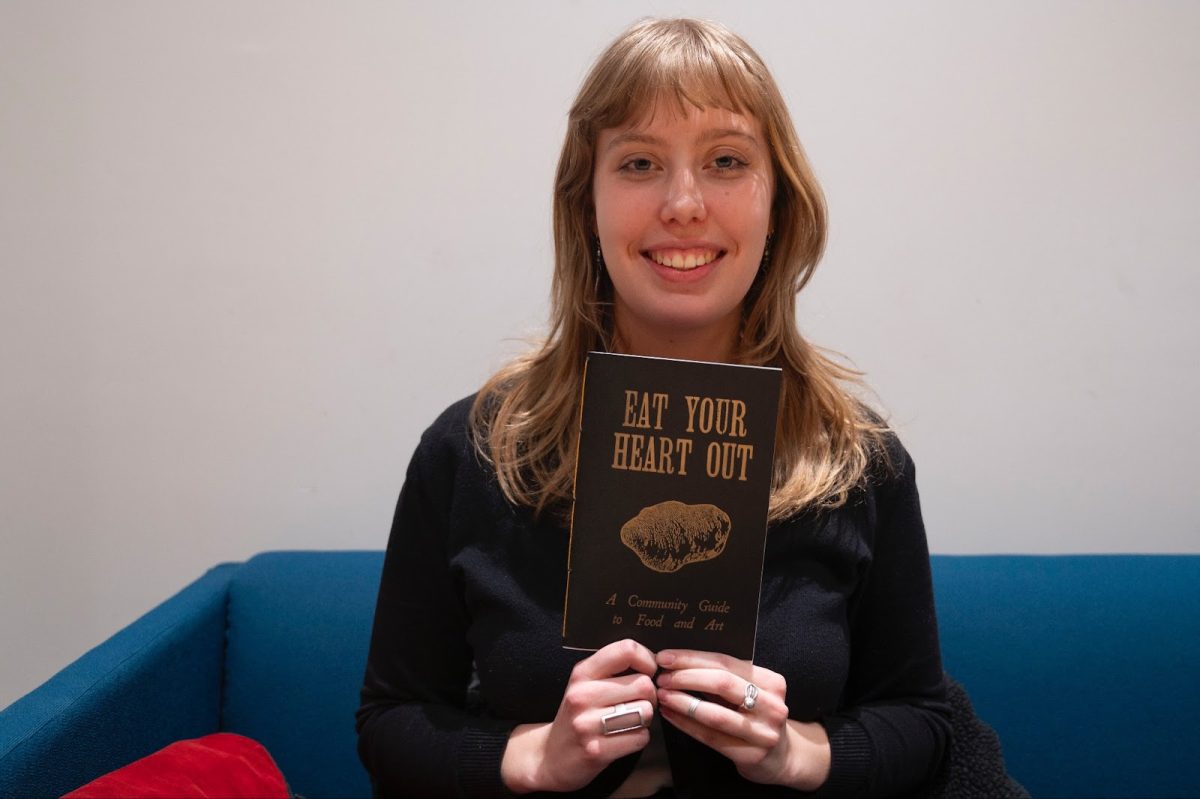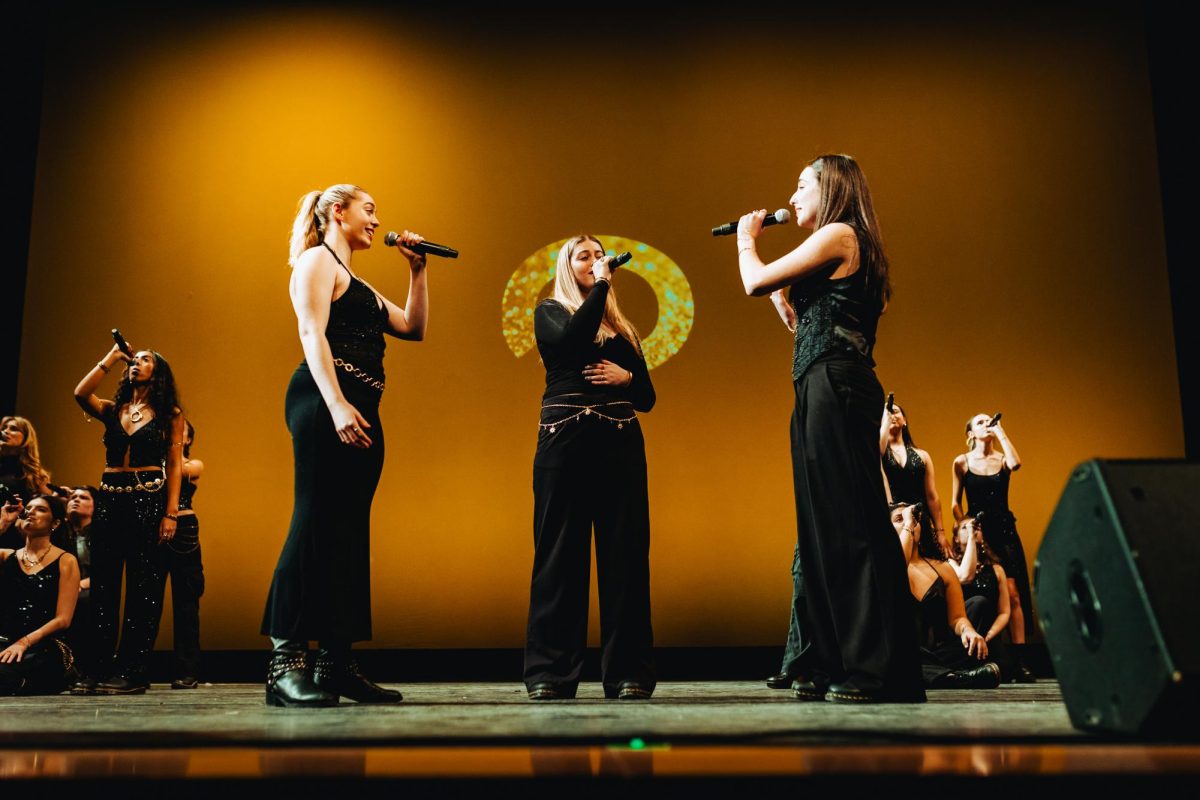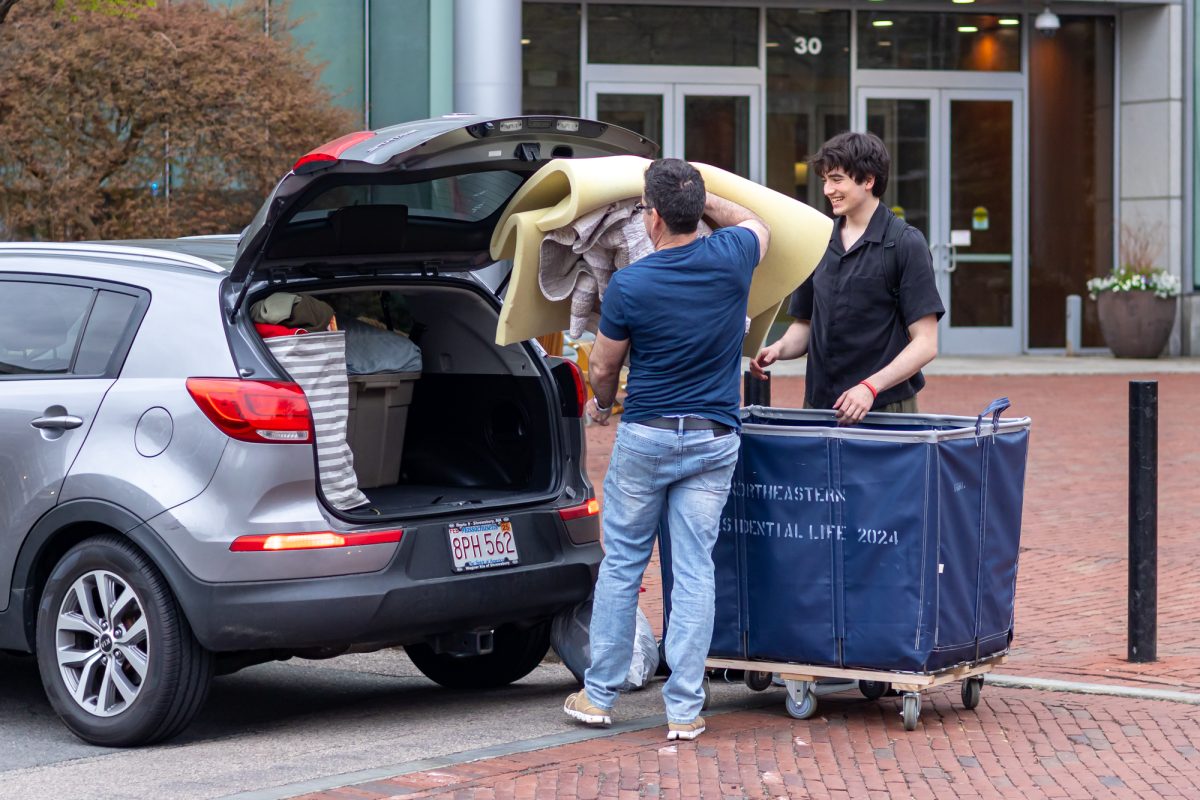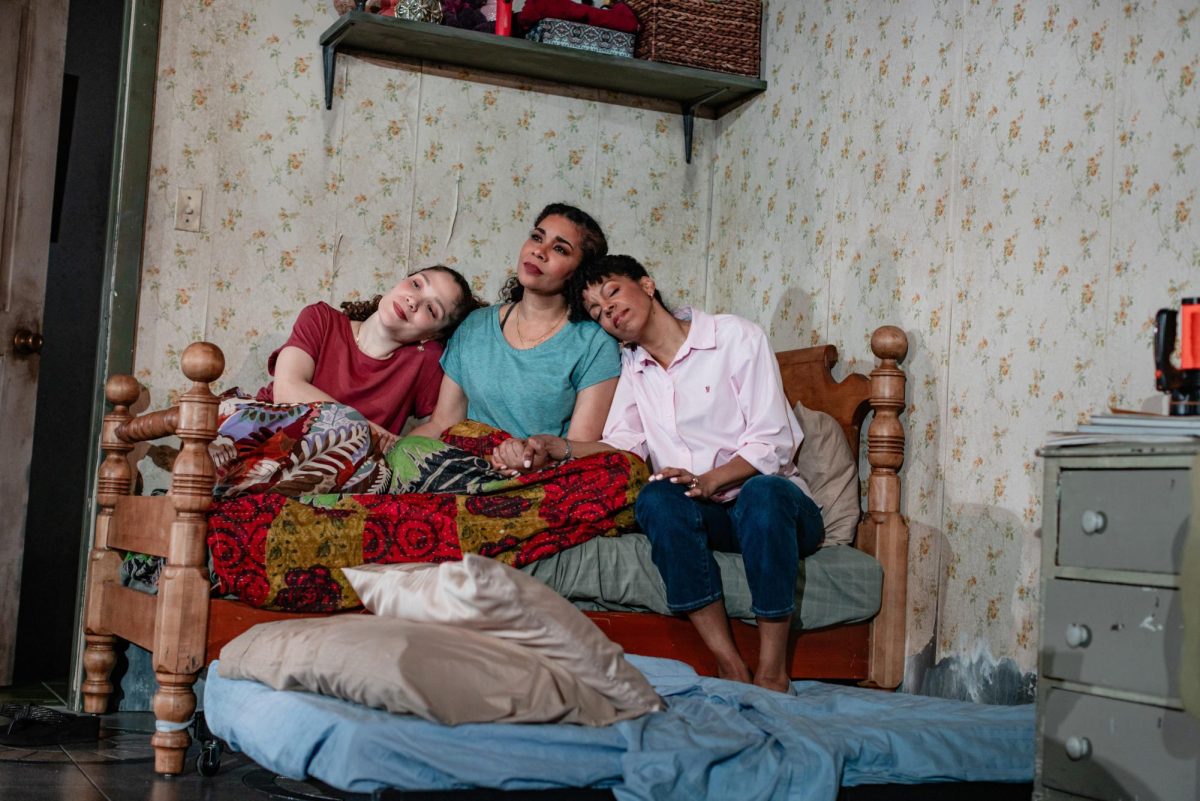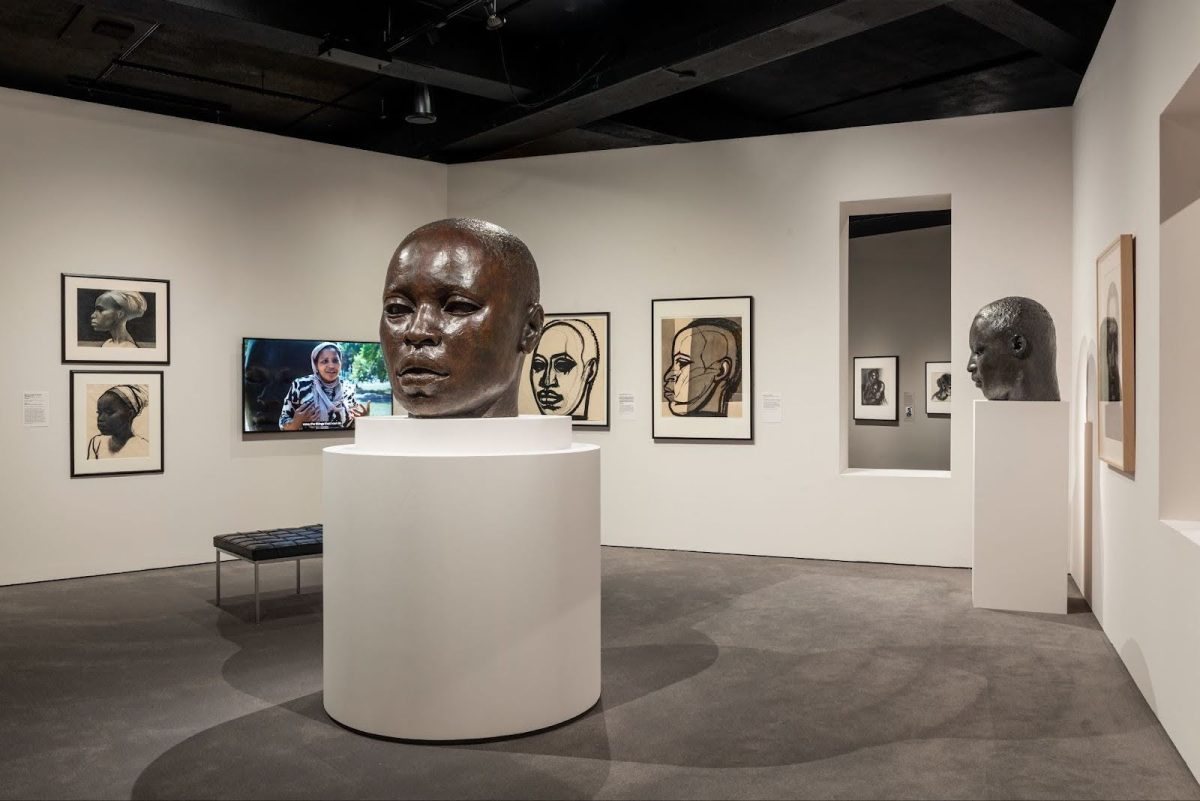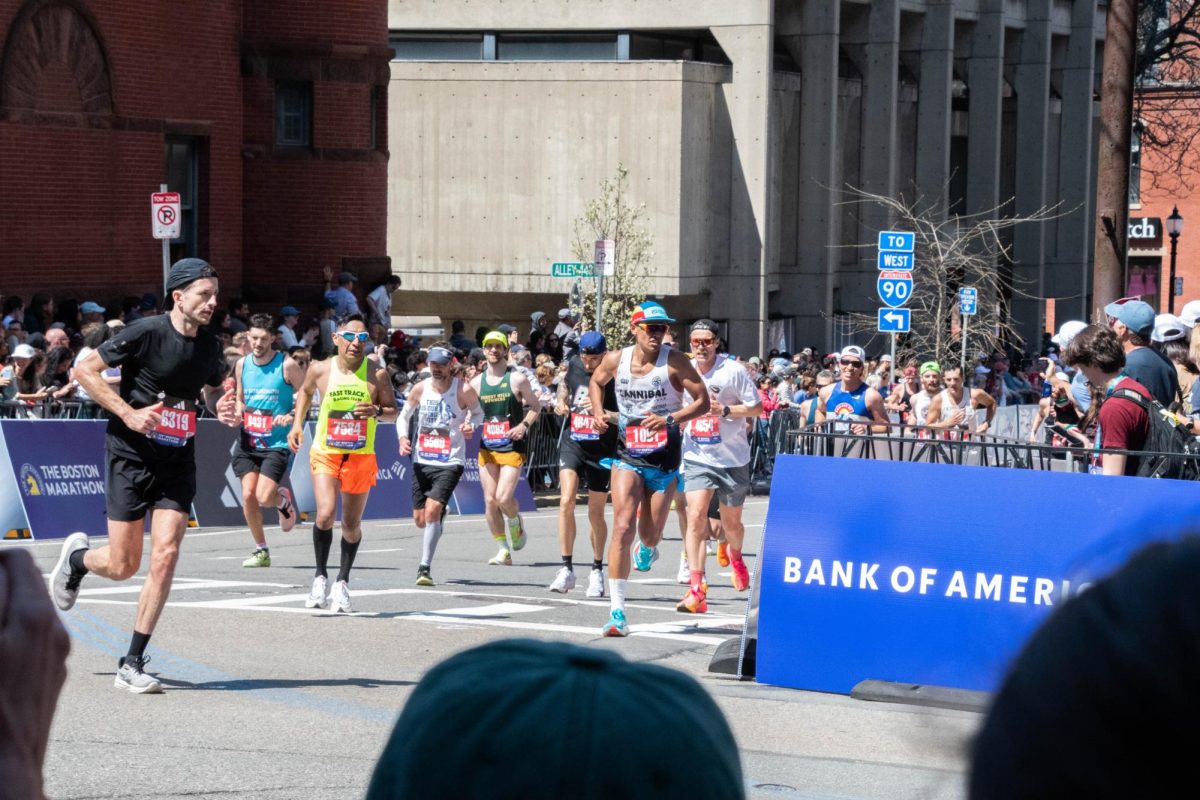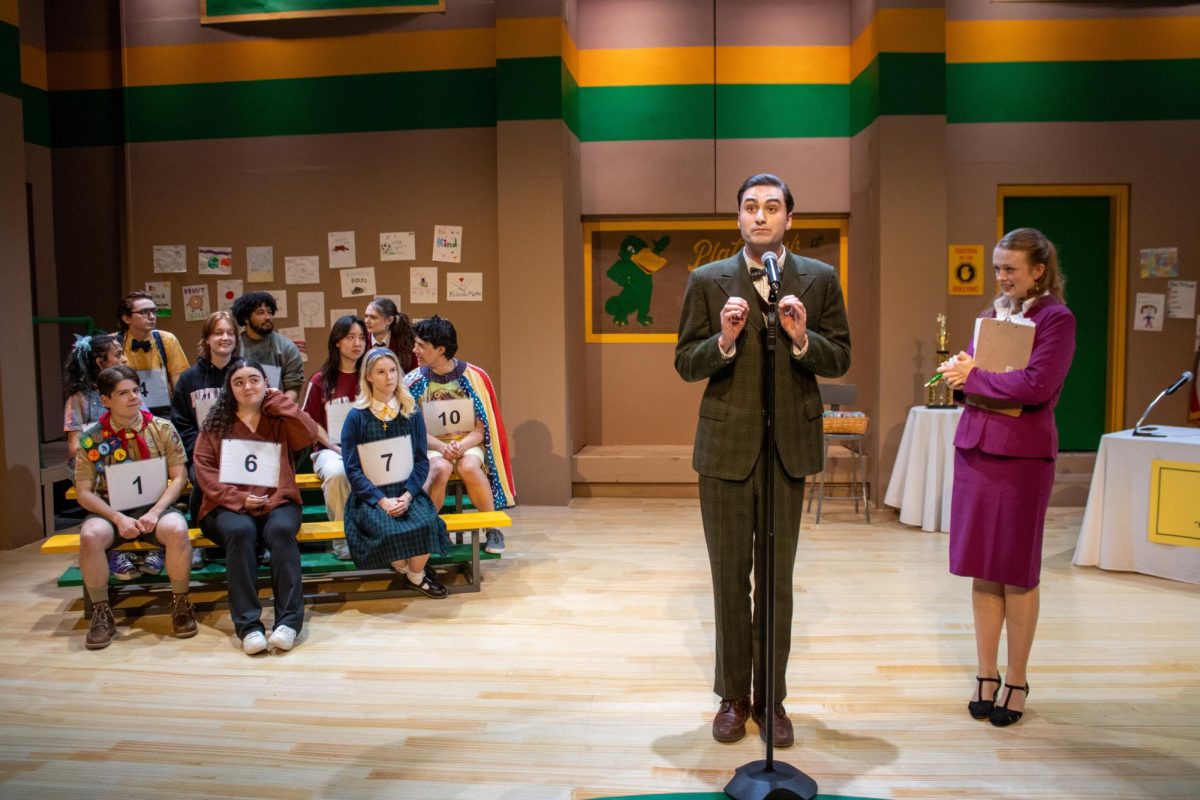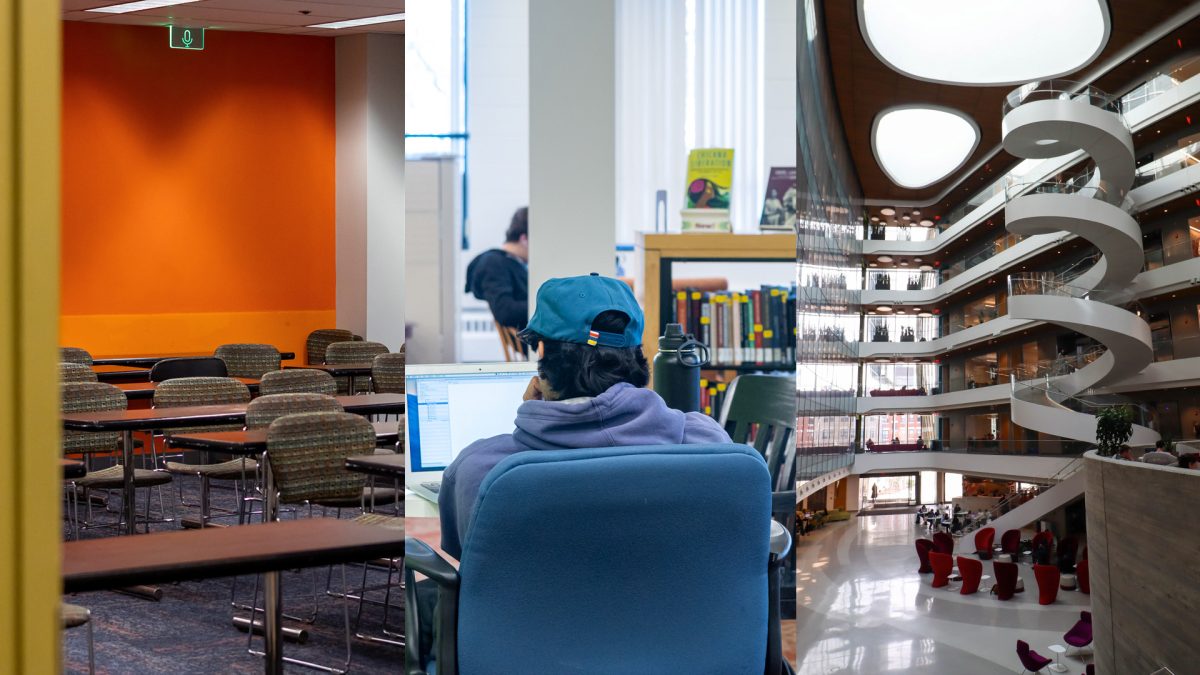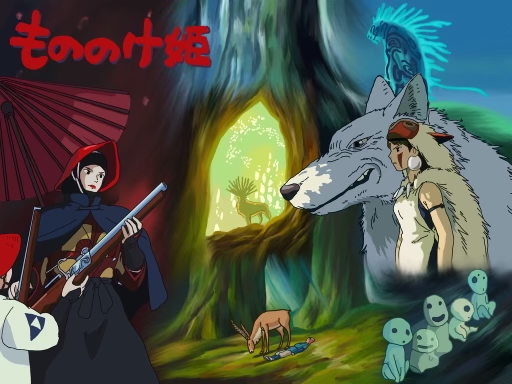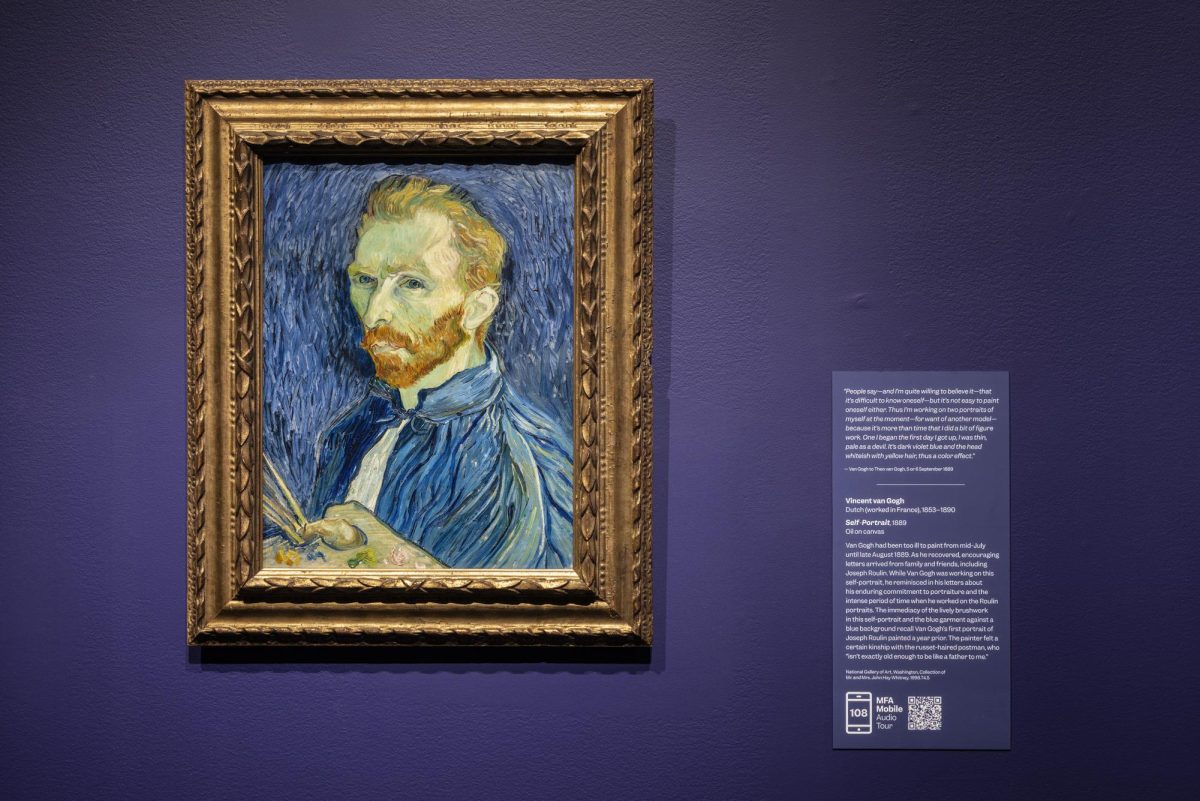Combining their interest in community and handmade art, fourth-year student Olivia Olson-Roberts recently published a zine titled “Eat Your Heart Out” that celebrates the relationship between people and food.
Olson-Roberts, a double major in studio art and art history, created the zine as their “end of co-op” independent project while working for Gallery 360 in fall 2023 as the gallery manager and curatorial assistant. The assignment was very open-ended, and Olson-Roberts went through several different ideas before landing on the concept for their zine. Being a double major, Olson-Roberts also wanted to bring in their experience from both their fields of study together in the zine.
“Art [spaces] can be so sterile and can be kind of unwelcoming,” Olson-Roberts said. “Trying to reach people in my community through art and through some kind of curatorial practice was something that I wanted to do. And then I’m also a studio art major, and so I think a lot about tangible objects and art making.”
In terms of the zine’s subject, food has always been important to Olson-Roberts, who has strong memories of cooking, eating and watching cooking shows with their family as a child. Beyond that, Olson-Roberts said they find it interesting how universal food is and how everyone has a relationship with it.
“I’ve just been interested in the way that food talks to the body and the body talks to food,” Olson-Roberts said.
The 32-page zine took months of planning and work. The end result features an essay in which Olson-Roberts writes about artists who have used food in their work, 13 written student submissions and illustrations drawn by Olson-Roberts.
Through Instagram and reaching out to art history professors, Olson-Roberts opened up submissions for the zine to any students who wanted to write about their relationship with food. While Olson-Roberts was initially nervous about getting enough responses, they received around 50 messages within the first day of posting on Instagram.
“There’s recipes, there’s stories. There’s lots of poems. There’s, like, some funny stories. … It’s really kind of a mixed bag. I wanted to keep things really open,” Olson-Roberts said.
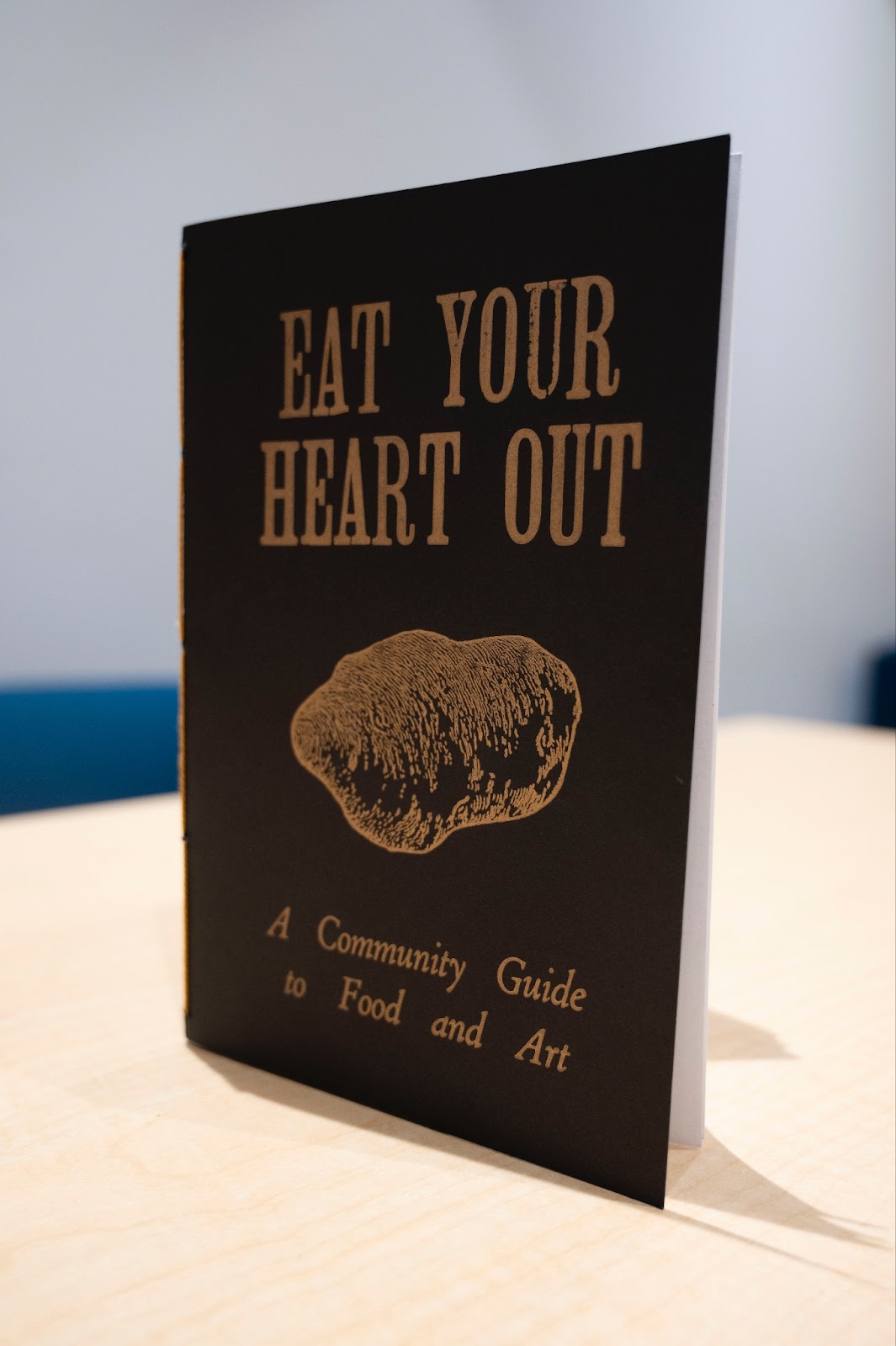
Along with sorting and selecting student submissions, writing an essay and designing the layout of the zine, Olson-Roberts physically produced each zine by hand. A long-time attendee of events at the Huskiana Press, Northeastern’s letterpress studio, Olson-Roberts saw this as the perfect opportunity to use the printing press to create zine covers.
With help from the co-directors of the Huskiana Press, Isabel Sobral Campos and Jessica Linker, Olson-Roberts was able to use the letterpress to help create their zine. Using metal letters in Clarendon Condensed and a potato cut estimated to be from the 1950s, Olson-Roberts spent hours producing each zine cover, then hand-bound each one.
The tangibility of the zine allowed Olson-Roberts to learn and practice a unique planning process that book production involves, such as making sure the pages are formatted properly and coming up with a method for arranging the metal letters on the press.
“We’re so used to the computer and being able to move things around so quickly,” Sobral Campos said. “So just the materiality of it, it leads to a different way of composing and planning the outcome.”
At first glance, many may not realize how much work went into creating each zine.
“A lot of students come in and they do something that’s a single card, and they’re beautiful. This required a little more work because they had to think through the whole plan of the book,” Linker said. “They used a variety of media, … parts of it were printed in different ways, not just letterpress.”
In the end, Olson-Roberts was able to produce a work of art that successfully combines their’s and the community’s experiences with food, aptly subtitled “A Community Guide to Food and Art.”
“It was really wonderful to see them weave some personal elements of themselves and their peers into the zine, and that’s a hard thing to do,” said Juliana Barton, Olson-Robert’s former Gallery 360 supervisor and the director of the Center for the Arts.
With only 100 copies made, selected organizations and students received the limited-edition zine. Everyone who had a submission published in the zine was given two copies, with Gallery 360 and Huskiana Press receiving copies for their teams and archives as well.
“We’re trying to consider projects that we think should be saved and Olivia’s is definitely one of those,” Linker said.
Olson-Roberts said they plan on making more zines in the future and has been surprised by the amount of interest they’ve received since the publication of the zine.
“I loved making them. I loved working with my hands. But I think the most rewarding part has been actually being able to give them to people,” Olson-Roberts said.
Editor’s note: This story was updated at 3:45 p.m. Feb. 23 to clarify that Olivia Olson-Roberts believes art spaces can be sterile, not art itself.



